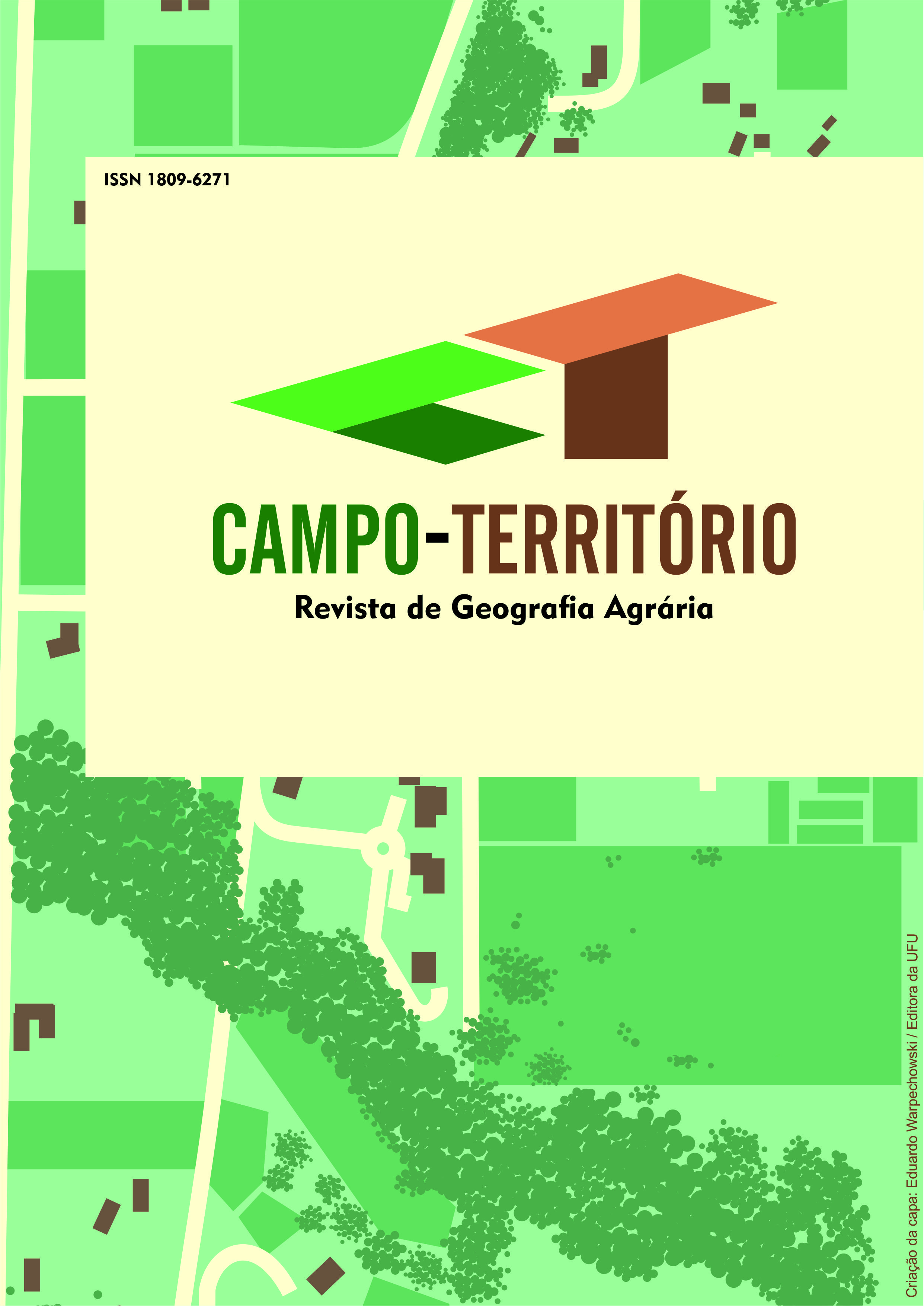Territorialization of agroecology on alternative food networks
a methodological proposal for investigation
DOI:
https://doi.org/10.14393/RCT195572937Keywords:
food systems, short food supply chains, sustainable agriculture, scale-up, nested marketAbstract
In the current disputes to overcome the problems generated by the hegemonic industrial food system, a powerful source for building and sustaining a transformative paradigm is agroecology. The ability of bringing agroecology to scale has been increasingly present in recent debates, with the strong influence of territorial dynamics acting on food systems being recognized.. Therefore, understanding the multidimensionality of agroecology and territories, the increase in scale of agroecology is assumed as a process of territorialization. When discussing this challenge, especially in regions that have a relevant consumer market, the role of alternative food networks is highlighted. These are a comprehensive way of classifying different types of supply chains that bring producers and consumers together, such as short food supply chains and nested markets. In this way, the paper intends to contribute with a methodological proposal for empirical investigation regarding the territorialization of agroecology when alternative food networks are present. This is done through the elaboration and presentation of twelve factors that favor the territorialization of agroecology in alternative food networks.
Downloads
Downloads
Published
How to Cite
Issue
Section
License
Copyright (c) 2024 Revista Campo-Território

This work is licensed under a Creative Commons Attribution-NonCommercial-NoDerivatives 4.0 International License.































